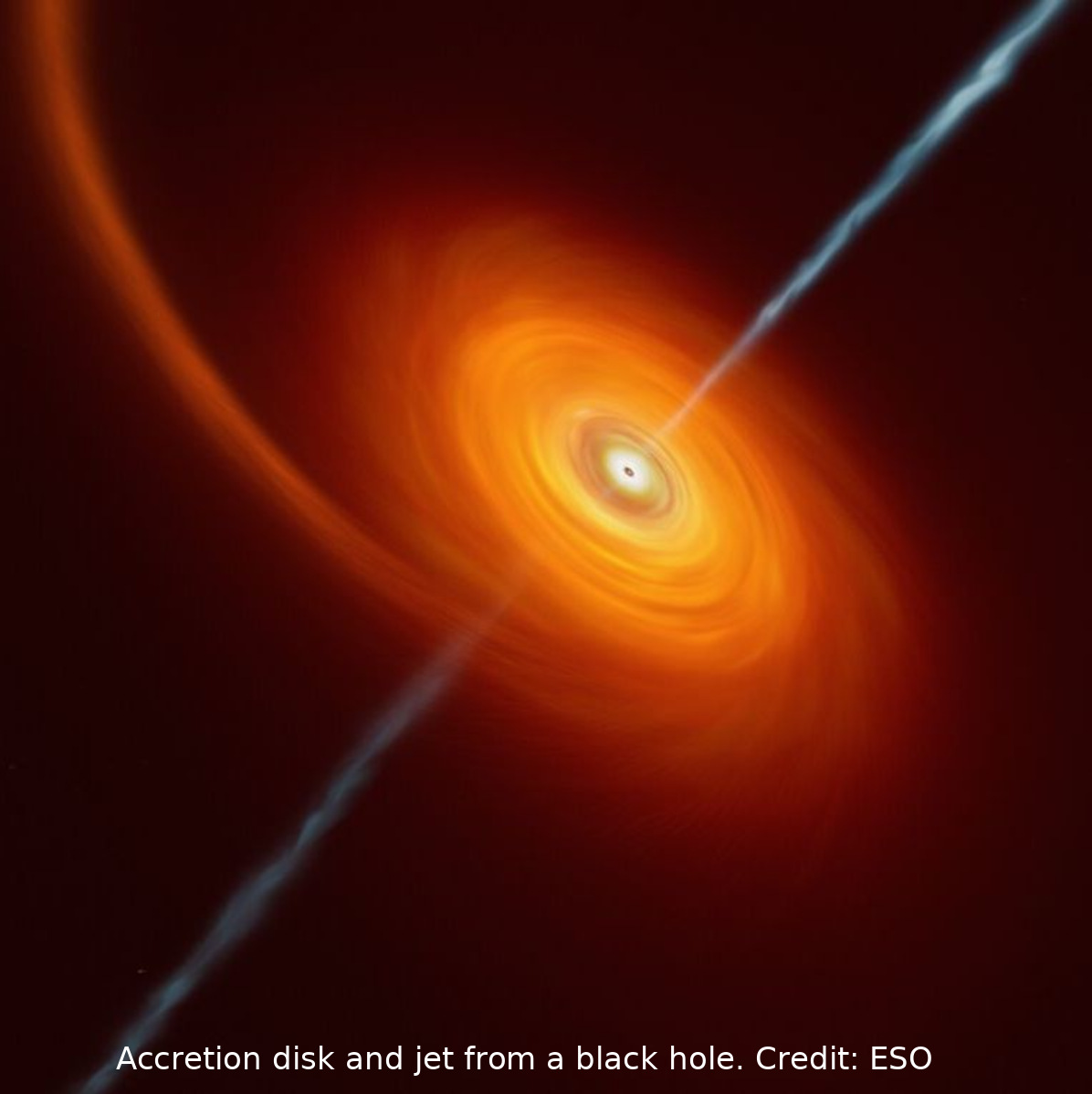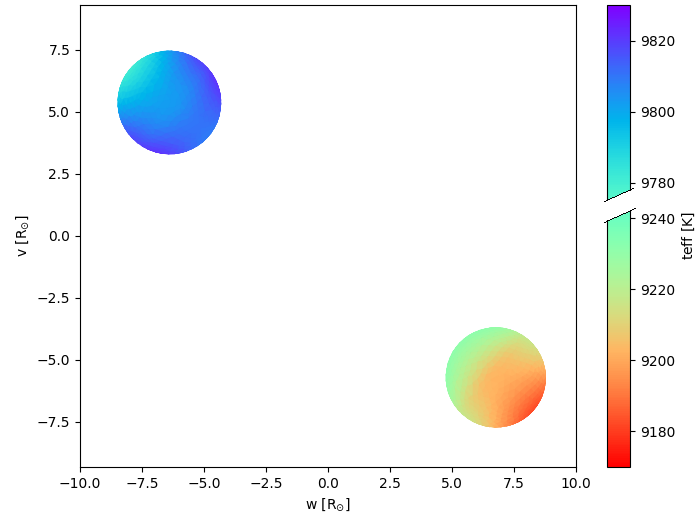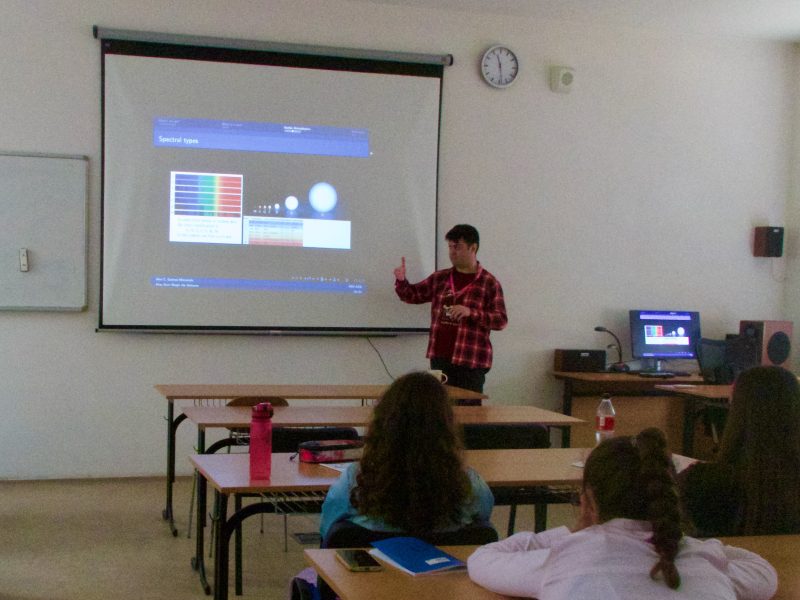Christina Thöne, an astronomer from the Astronomical Institute of the Academy of Sciences of the Czech Republic, was a member of the team that for the first time provided long-term monitoring of an tidal disruption event (TDE) using infrared and optical telescopes. Their paper “A very luminous jet from disruption of a star by a massive black hole” was published in the journal Nature on November 30, 2022.
A TDE occurs when an object, often a star, gets too close to a black hole and is pulled apart by gravitational forces. It is usually a supermassive black hole found at the center of almost every galaxy. The tidal forces of the black hole tear the star apart and an accretion disk is formed around, which the black hole gradually consumes. In some, apparently very rare cases (less than 1%), this tidal disruption produces a relativistic jet of material ejected from the black hole at almost speed of light. The material then, as a result of collisions within the jet and surrounding environment, glows intensely in a range of electromagnetic radiation from radio waves to X-rays.
Until now, these so-called jetted-TDEs have been detected using high-energy satellites in space. The last time this happened was 10 years ago in 2012. However, the discovery of the phenomenon labeled AT2022cmc in February of this year took place differently. The paper’s lead author, Igor Andreoni, developed the event detection and early warning method at the large-scale ground-based optical survey “Zwicky Transient Facility” (ZTF) located on Palomar Mountain in California.
…
- see AI Press Release for more details (in Czech)
- ESO press release (with reference to original work)
- contact Dr. Martin Jelínek – Stellar Department, head of the high-energy astrophysics group martin.jelinek@asu.cas.cz



